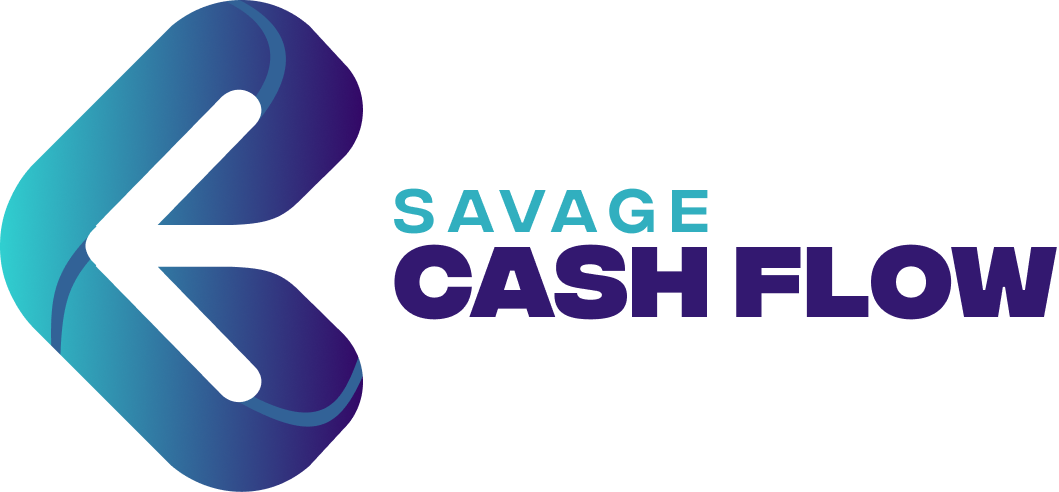
Securing Remote Workforces: Tools and Strategies for Online Safety

Cybersecurity is largely focused on remote workforces, given the outsized threats posed by this component of organizational operations.
Many companies direct substantial resources towards developing automatic backups, server herbs, firewalls, and other protocols for safeguarding data. However, a large and growing number of employees now work remotely or in a hybrid-style fashion.
Therefore, larger numbers of employees now operate outside those legacy secure zones. Remote workforces now oppose the single biggest danger concerning companywide data breaches. As a result, SMEs across the board must have strict security protocols in place for remote employees. This ensures that data is protected and that remote employees have tiered access to secure data.
Tools for Guarding Against Cybersecurity Breaches
Many companies and individuals are already familiar with the standard tools and resources for guarding against cybersecurity breaches. These include several powerful solutions directed toward remote workers, namely:
- Password Protectors – the majority of remote workers store their passwords to company email accounts, bank accounts, gaming accounts, medical portals, company accounts, and the like in their browser. Whether it’s Google Chrome, Opera, Mozilla Firefox, or another popular browser, it’s important to implement security checks to prevent unauthorized access to your confidential information. For example, Firefox features a master password to access all browsing history, username/password combinations, and other sensitive data. The same is true for Google Chrome and others. Another option is a password protector – an add-on that securely stores your passwords in an encrypted format, which nobody can use without the encryption keys.
- Avoid Patchwork Security Solutions – When securing remote workforces, using disjointed tools can slow everything down. Traditional options like Coverity SAST and Black Duck Software are often pieced together from separate products, which leads to inefficiency. A unified platform solves this by integrating security into the development process. Developers can scan directly from the repository, identifying vulnerabilities before production. This reduces the need for extra steps, making fixing issues faster and more effective. A streamlined solution ensures better protection and less hassle for IT teams. A much more sophisticated, enhanced, and improved Blackduck (formerly Synopsys) alternative is available, and it’s the leader in cloud-native AppSec for remote workforces.
- Virtual Private Networks (VPN) – VPNs have existed for many years. These serve as tunnel networks that obfuscate all IP addresses and traffic flows to prevent hackers from intercepting remote worker communications, information, personal data, etc. All data passing through a VPN network is shrouded in secrecy. This makes intercepting much more difficult, provided the VPN host does not share login information or traffic flow with third parties or authorities.
- Firewall and Malware Protection – According to America’s Cyber Defense Agency (CISA), firewalls offer protection against third-party attacks by shielding your network or computer from unnecessary traffic or malicious traffic. Firewalls are easily configured to block incoming traffic flow from specific locations, such as network addresses, ports, or applications. There are two primary types of firewalls, notably software firewalls on the operating system and hardware firewalls known as network firewalls.
- Malware and Virus Protection – according to McAfee, we receive malware through software, emails, and malicious websites. It is usually hidden inside files, including document files, image files, or .exe files. Most of the time, malware is unintentionally installed by clicking on a phishing email, downloading software from a disreputable website, or connecting an infected USB drive. Once introduced into your system, malware corrupts everything. Sometimes, a quick visit to an infected website is all it takes for malware to download & install on your PC automatically. Contrary to popular opinion, malware and viruses are not the same thing. Malware is a specialized form of software that harms computers. Viruses are specific forms of malware that spread from computer to computer. Powerful anti-malware and antivirus protection is essential to maintaining ironclad security for your systems, servers, and networks.
- MFA and TFA and Biometric- Multifactor Authentication, or Two-Factor Authentication systems, are imperative when securing Internet access to sensitive data. This is especially true for remote workers who can log in from anywhere, away from the office. As its namesake suggests, MFA or TFA requires multiple levels of authentication for the user to access the website. This is typically a code sent to your smartphone or email address. Sometimes, authenticators are available with apps on your smartphone. Experts routinely recommend opting for MFA or TFA or Biometric (facial or eye scans) logins to safeguard access to sensitive accounts.
The aforementioned solutions are geared toward securing remote workforces with the tools and resources necessary for ensuring the integrity of operations, the safety of data, and the reputation of companies.
Read more:
Securing Remote Workforces: Tools and Strategies for Online Safety
